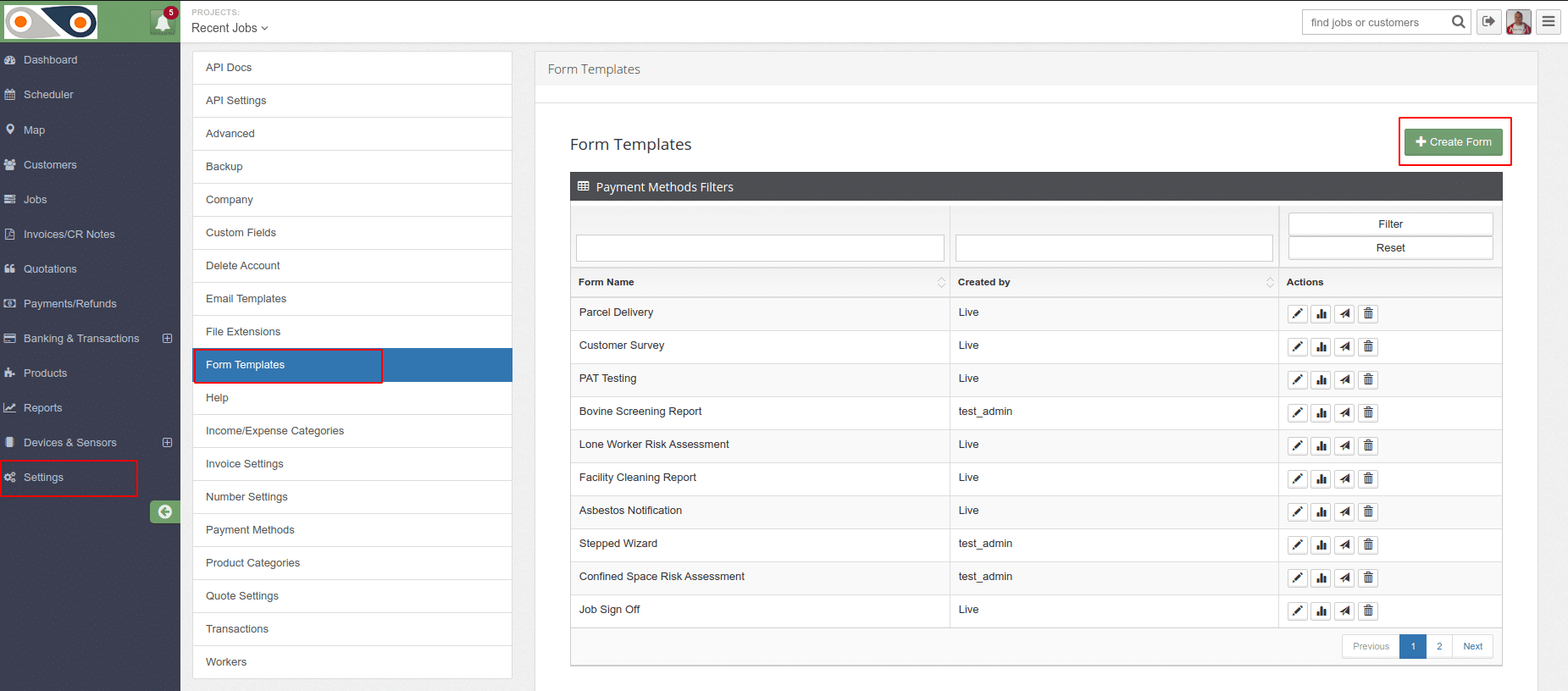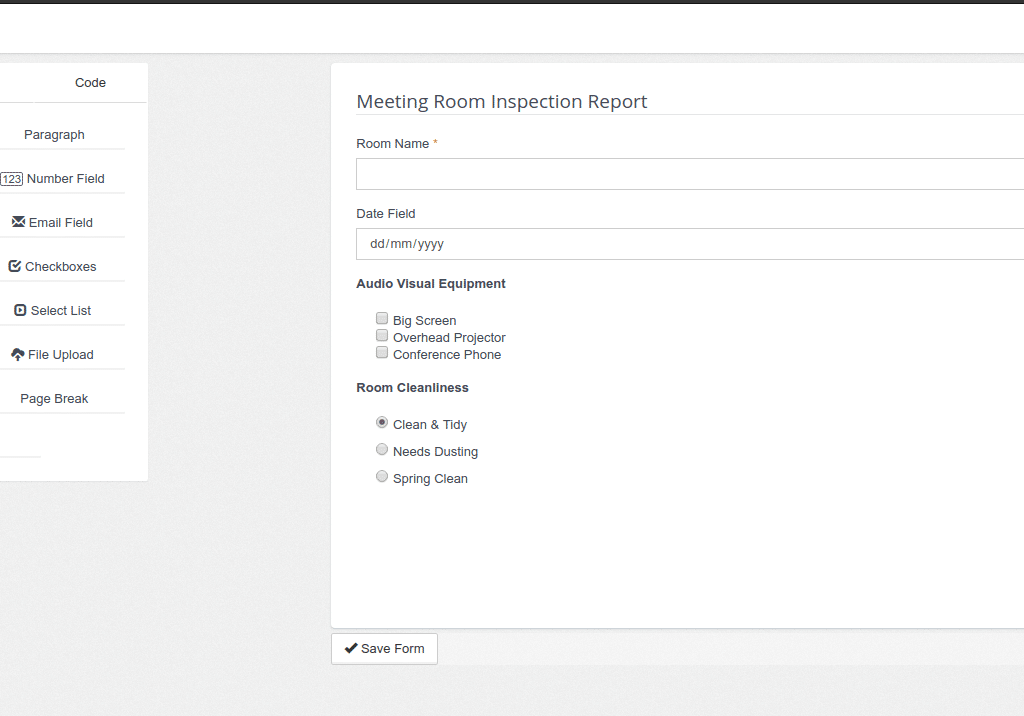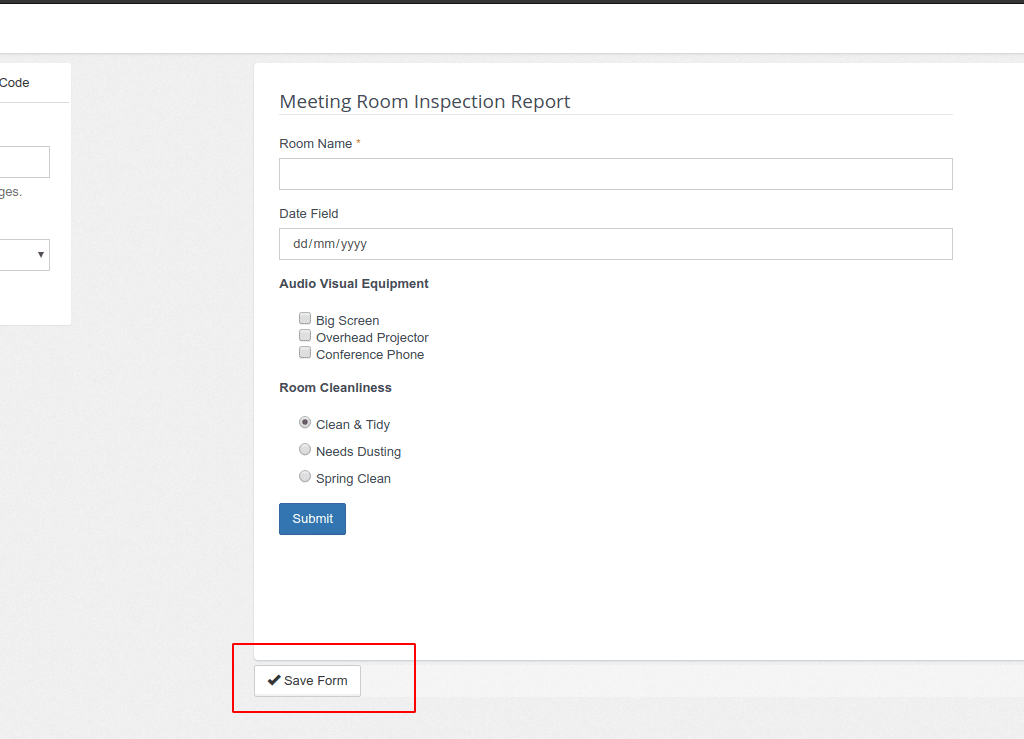Today’s global marketplace rewards nimble organisations that learn and reinvent themselves faster than their competition. Employees at all levels of these organisations see themselves as members of teams responsible for specific business processes, with performance measures tied to the success of the enterprise. As team members, they are “owners” of the process (or processes) to which they are assigned. They are responsible for both the day to day functioning of their process(s), and also for continuously seeking sustainable process improvements.
Transforming a traditionally designed “top down control” enterprise to a process-based organisation built around empowered teams actively engaged in business process re-engineering (BPR) has proven more difficult than many corporate leaders have expected. Poorly planned transformation efforts have resulted in both serious impacts to the bottom line, and even more serious damage to the organisation’s fabric of trust and confidence in leadership.
Tomislav Hernaus, in a publication titled “Generic Process Transformation Model: Transition to Process-based Organisation” has presented an overview of existing approaches to organisational transformation. From the sources reviewed, Heraus has synthesised a set of steps that collectively represent a framework for planning a successful organisational change effort. Key elements identified by Hernaus include:
Strategic Analysis:
The essential first step in any transformation effort must be development of a clear and practical vision of a future organisation that will be able to profitably compete under anticipated market conditions. That vision must be expected to flex and adjust as understanding of future market conditions change, but it must always be stated in terms that all organisational members can understand.
Identifying Core Business Processes:
With the strategic vision for the organisation in mind, the next step is to define the core business processes necessary for the future organisation to function. These processes may exist across the legacy organisation’s organisational structures.
Designing around Core Processes:
The next step is development of a schematic representation of the “end state” company, organised around the Core Business Processes defined in the previous step.
Transitional Organisational Forms/ Developing Support Systems:
In his transformation model, Hernaus recognises that information management systems designed for the legacy organisation may not be able to meet the needs of the process management teams in the new organisation. Interim management structures (that can function with currently available IT system outputs) may be required to allow IT professionals time to redesign the organisation’s information management system to be flexible enough to meet changing team needs.
Creating Awareness, Understanding, and Acceptance of the Process-based Organisation:
Starting immediately after the completion of the Strategic Analysis process described above, management must devote sufficient resources to assure that all organisation members, especially key managers, have a full understanding of how a process-based organisation functions. In addition, data based process management skills need to be provided to future process team members. It is not enough to schedule communication and training activities, and check them off the list as they are completed. It is critical that management set behavioural criteria for communication and training efforts that allow objective evaluation of the results of these efforts. Management must commit to continuing essential communication and training efforts until success criteria are achieved. During this effort, it may be determined that some members of the organisation are unlikely to ever accept the new roles they will be required to assume in a process-based organization. Replacement of these individuals should be seen as both an organisational necessity and a kindness to the employees affected.
Implementation of Process Teams:
After the completion of required training AND the completion of required IT system changes, process teams can be formally rolled out in a planned sequence. Providing new teams with part time support by qualified facilitators during the firsts weeks after start-up can pay valuable long term dividends.
Team Skill Development and Continuous Process Improvement:
Providing resources for on-going skill development and for providing timely and meaningful recognition of process team successes are two keys for success in a process-based organisation. Qualified individuals with responsibility for providing training and recognition must be clearly identified and provided with sufficient budgetary resources.
The Hernaus model for transformation to a process based organisation is both well thought out and clear. His paper provides an ample resource of references for further study.
Contact Us
- (+353)(0)1-443-3807 – IRL
- (+44)(0)20-7193-9751 – UK




